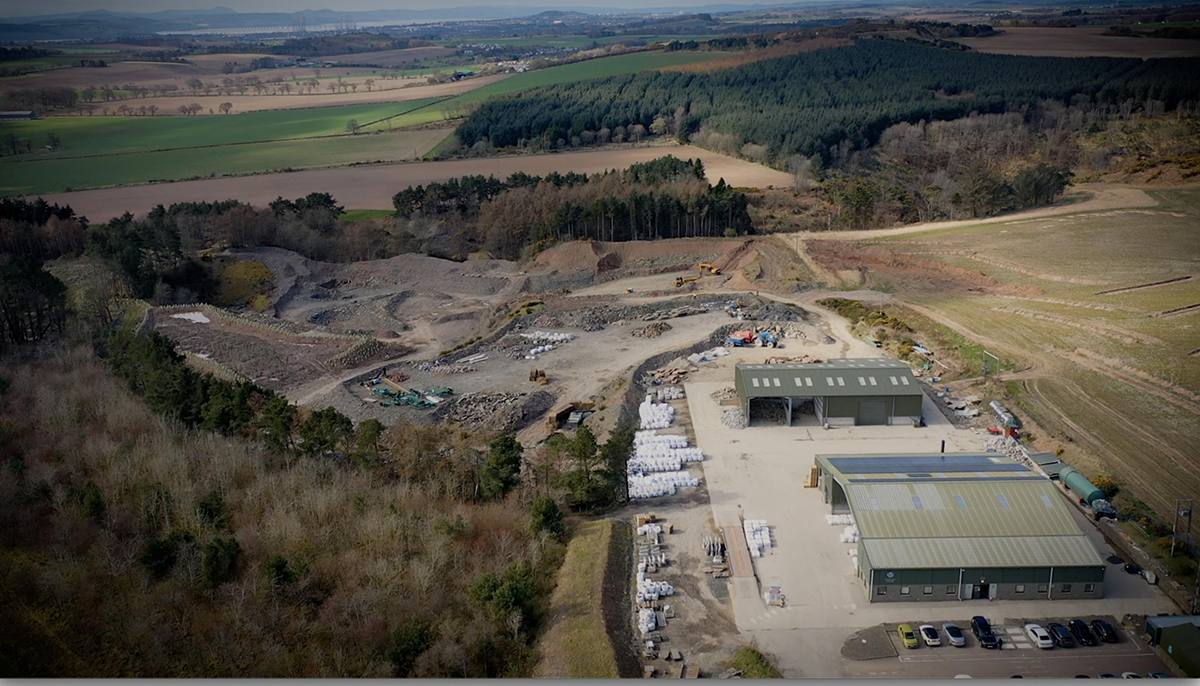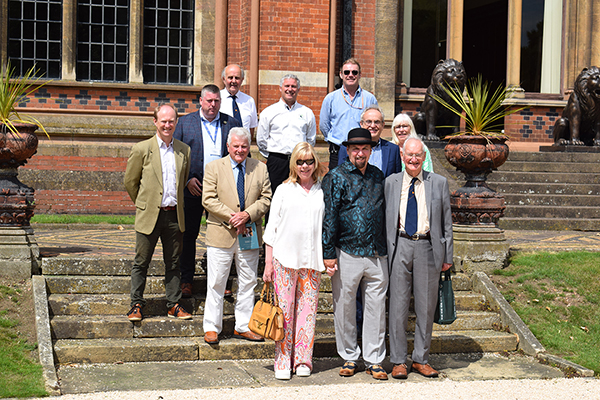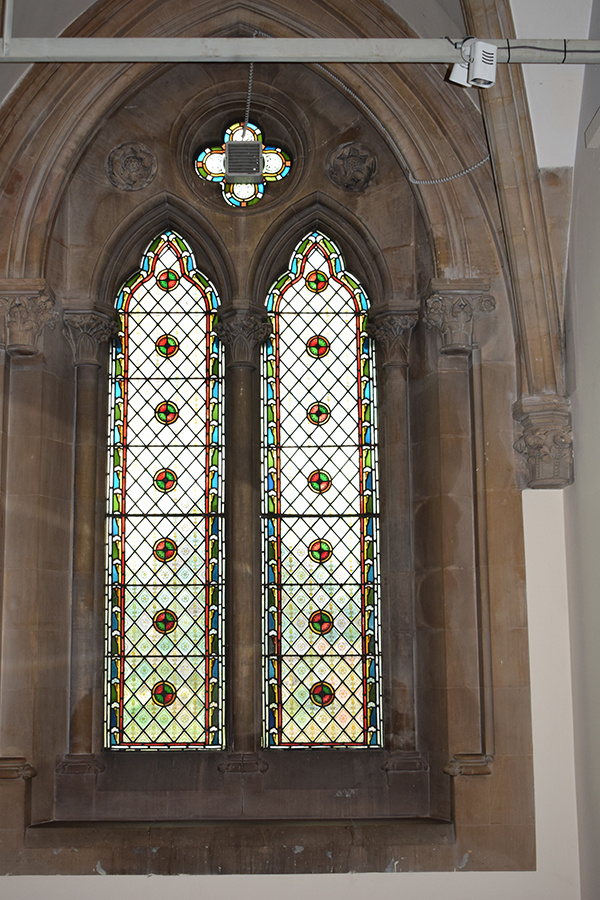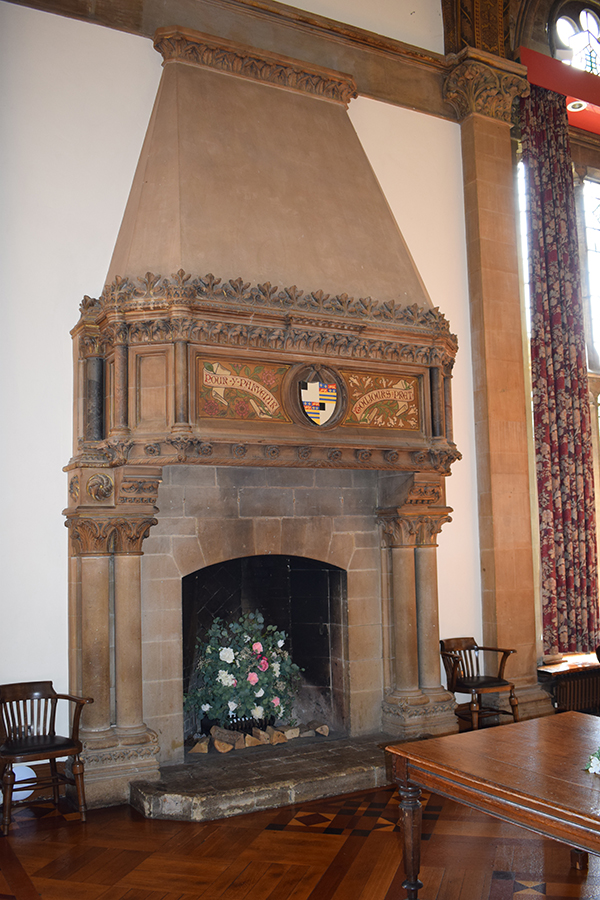Welcome to Allstone (SW) Ltd in Bristol. With our expertise in stone masonry, stone cleaning, paint removal, stone re-pointing, stone restoration, and stonework, we are dedicated to providing top-quality services tailored to meet your needs.
At Allstone (SW) Limited, we understand the timeless beauty and durability of the stone. Our team of skilled craftsmen combines traditional techniques with modern innovation to deliver exceptional results. Whether you require intricate stone carving or a complete restoration project, we have the knowledge and experience to bring your vision to life. As your trusted stone mason in Bristol, we take pride in our meticulous attention to detail and commitment to customer satisfaction. We work closely with each client to understand their unique requirements and deliver customized solutions. No project is too big or too small for us, as we handle everything from residential properties to commercial establishments.
Our comprehensive range of services includes stone cleaning, ensuring your stonework regains its original splendor by removing dirt, grime, and pollutants. We specialize in paint removal, skillfully eliminating layers of paint to reveal the natural beauty of your stone surfaces. Our stone re-pointing services enhance the structural integrity of your stonework, preventing moisture penetration and preserving its longevity.our stone restoration expertise, we breathe new life into weathered or damaged stonework, restoring its original charm. Our team utilizes the latest techniques and premium materials to achieve outstanding results that will stand the test of time.
At Allstone (SW) Limited, we are committed to delivering excellence in stone masonry. Contact us today for all your stone-related needs in Bristol. Let us transform your space with our unparalleled craftsmanship and passion for preserving the timeless beauty of the stone.
At Allstone (SW) Limited, we understand the timeless beauty and durability of the stone. Our team of skilled craftsmen combines traditional techniques with modern innovation to deliver exceptional results. Whether you require intricate stone carving or a complete restoration project, we have the knowledge and experience to bring your vision to life. As your trusted stone mason in Bristol, we take pride in our meticulous attention to detail and commitment to customer satisfaction. We work closely with each client to understand their unique requirements and deliver customized solutions. No project is too big or too small for us, as we handle everything from residential properties to commercial establishments.
Our comprehensive range of services includes stone cleaning, ensuring your stonework regains its original splendour by removing dirt, grime, and pollutants. We specialise in paint removal, skillfully eliminating layers of paint to reveal the natural beauty of your stone surfaces. Our stone re-pointing services enhance the structural integrity of your stonework, preventing moisture penetration and preserving its longevity.
With our stone restoration expertise, we breathe new life into weathered or damaged stonework, restoring its original charm. Our team utilises the latest techniques and premium materials to achieve outstanding results that will stand the test of time.
At Allstone (SW) Ltd, we are committed to delivering excellence in stonemasonry. Contact us today for all your stone-related needs in Bristol. Let us transform your space with our unparalleled craftsmanship and passion for preserving the timeless beauty of the stone.








